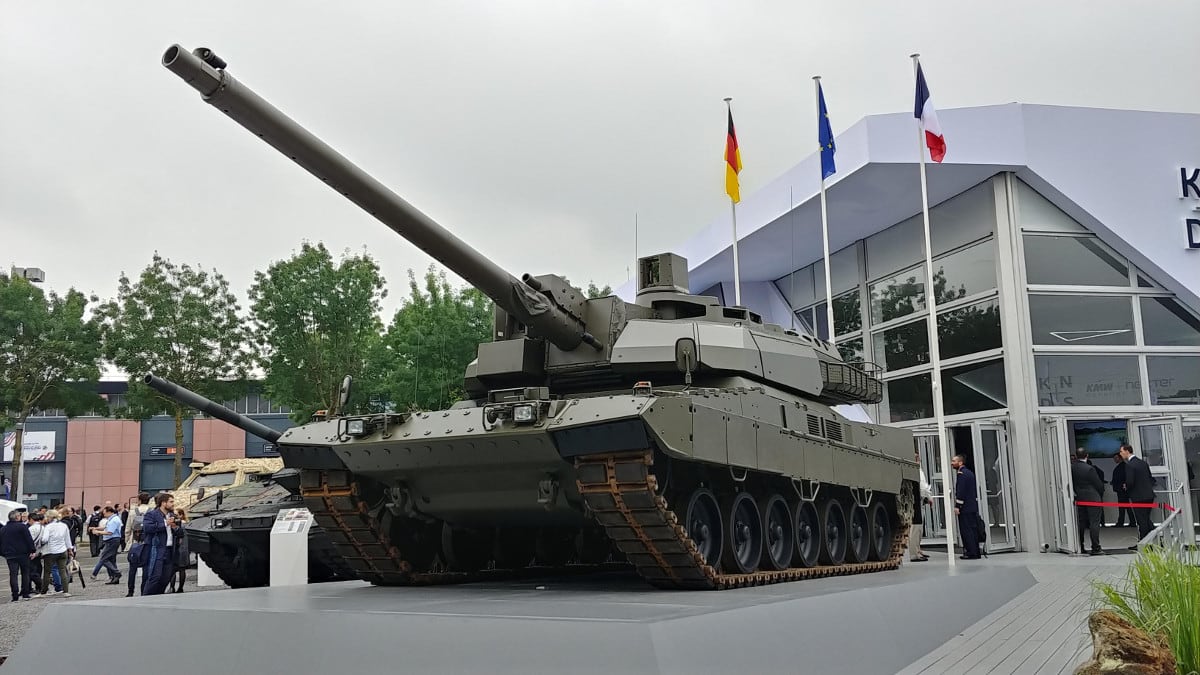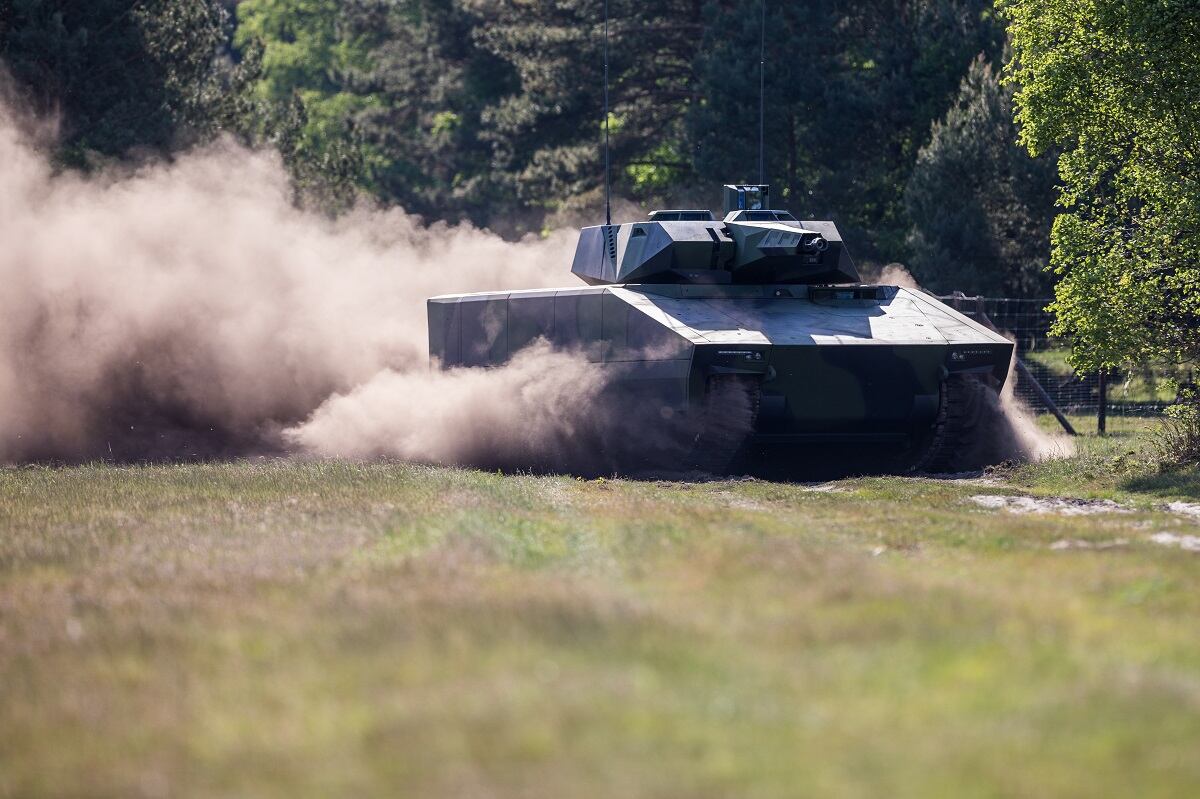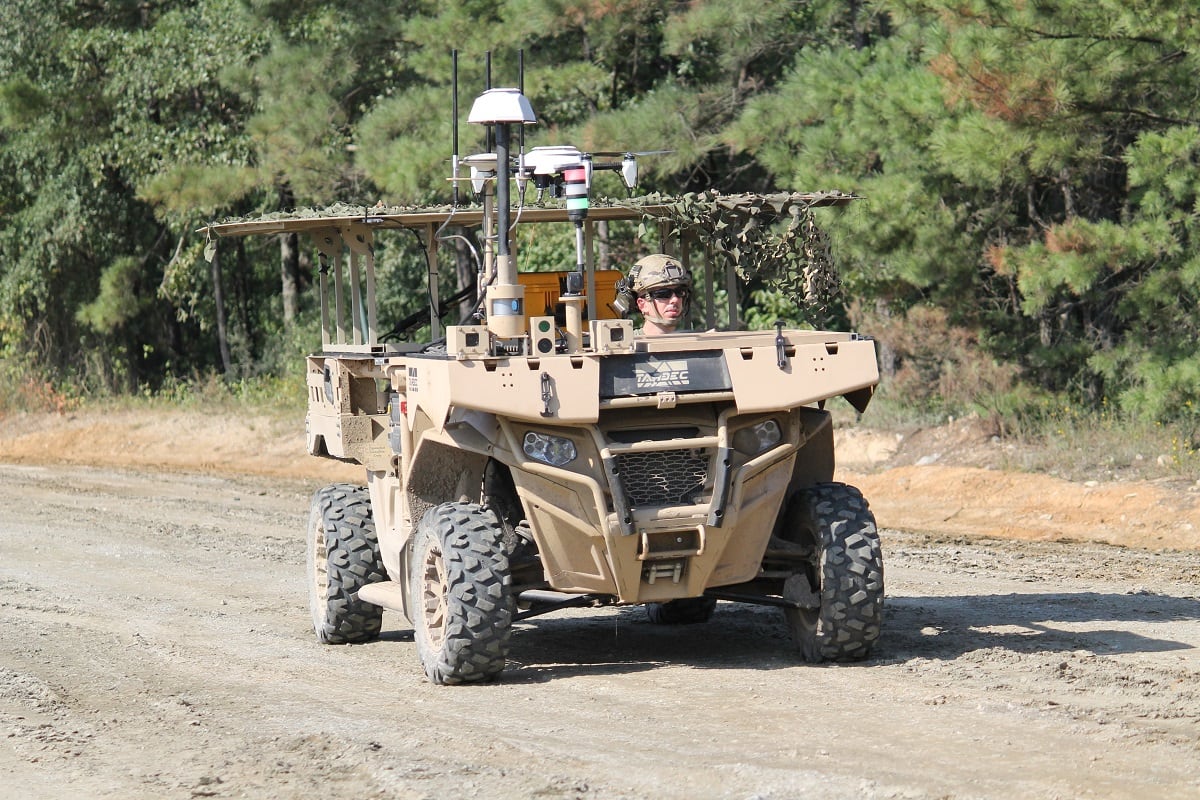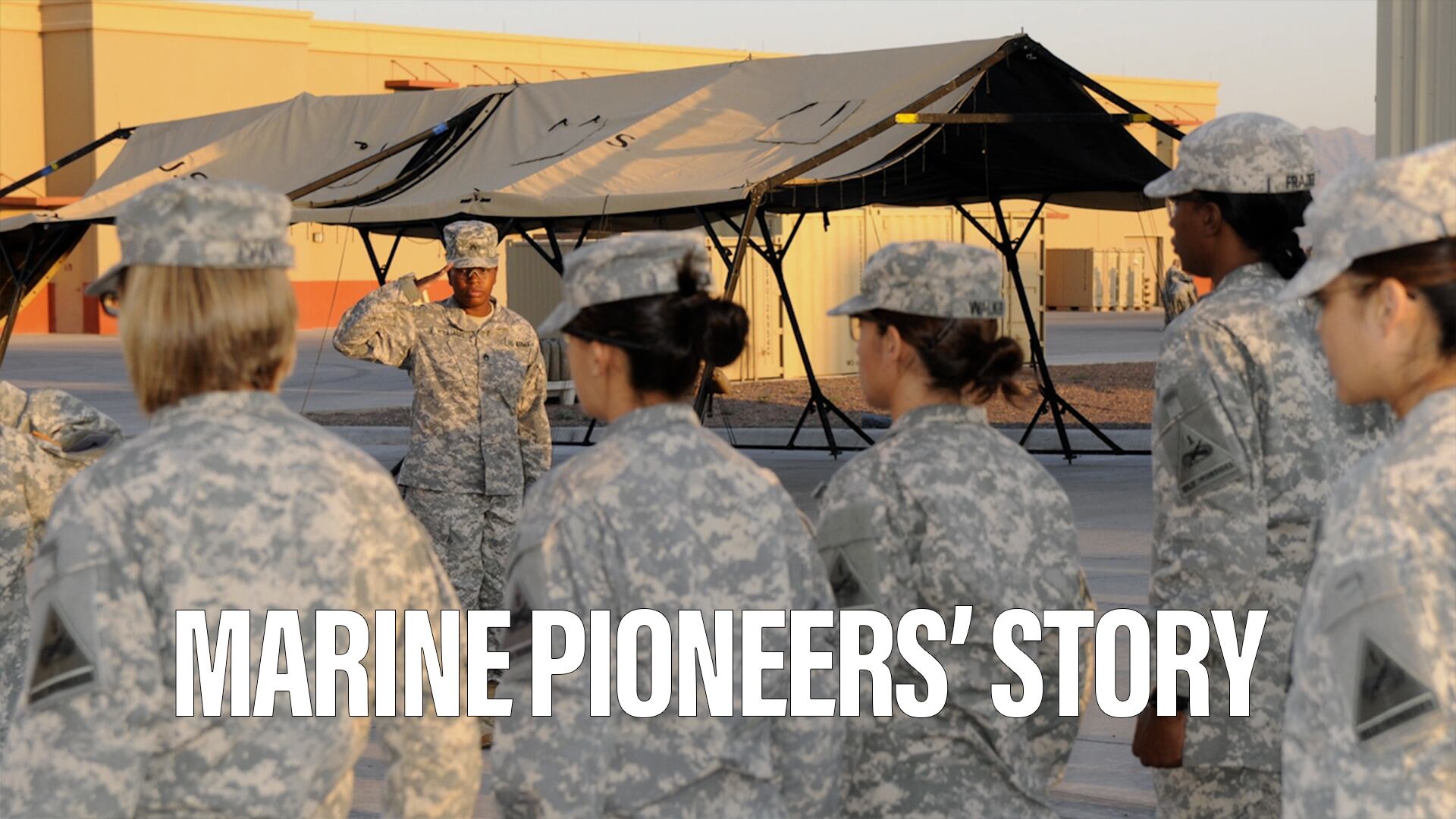PARIS ― European manufacturers of armored vehicles are jockeying for position in what looks to be the most expensive land program for the continent in decades.
The industry activity follows plans by France and Germany, reiterated this month, to build a Main Ground Combat System that would replace the current fleet of Leopard 2 and Leclerc tanks. While conceived as a two-country project for now, the hope is to develop a weapon that other European land forces will also pick up.
Details remain murky about exactly what the new vehicles must be able to do, though the job description includes something about manned-unmanned teaming. Perhaps that’s why officials chose an amorphous name for the project, as it could be anything from a nimble, autonomous fighter to the type of human-driven steel beast of today’s armies.
The target date for introducing the new platform is set at 2035, and Germany has picked up the lead role for the project both on the government and the industry side.
KNDS, the Franco-German joint venture of Krauss-Maffei Wegmann and Nexter, put the program on the radar of visitors of the Eurosatory trade show in Paris earlier this month. The companies mated the chassis of a Leopard 2 tank to a Leclerc turret ― and voila, a European Main Battle Tank was born.
RELATED

Company officials stressed that the hybrid behemoth is only a stepping stone on the way toward a full-blown European tank offering under the Main Ground Combat System banner. But the product might interest Eastern European nations looking to divest their Russian legacy fleets for a good-enough, Western-made tank that ― presumably ― doesn’t break the bank.
The marriage of KMW and Nexter saves the two companies from having to compete against one another for the next-generation tank. It also creates the appearance that Paris’ and Berlin’s love for a future tank is happily echoed by their industries.
“Let’s assume we wouldn’t have joined forces,” said Frank Haun, the CEO of KMW. Both he and his Nexter counterpart, Stephane Mayer, would have had to lobby their respective governments for a purely national solution, pulling the old argument of keeping jobs in the country, Haun said.
The two companies hailed an announcement last week about a new Franco-German deal aimed at examining possible program options for the future tank.
“The Letter Of Intent signed yesterday is a significant step forward in the defense cooperation between the two countries and in Europe,” reads a June 20 statement. “This close cooperation was the key motivation for the foundation of KNDS in 2015, where Nexter and KMW cooperate as national system houses for land systems.”
But the binational industry team is far from the only game in town.
RELATED

Take Rheinmetall, for example, which is KMW’s partner in the Leopard program. Company executives at the Paris weapons expo were tight-lipped about their strategy toward the Main Ground Combat System, or MGCS. But it’s probably a safe bet to presume the Düsseldorf, Germany-based firm won’t cede a market of tens of billions of dollars without a fight.
“Come back and see me in December in Unterlüß,” Ben Hudson, head of the company’s vehicle systems division, told Defense News during an interview in Paris. He was referring to a small German town one hour south of Hamburg where Rheinmetall runs a manufacturing plant.
Hudson declined to say more about what the company would roll out at that time. “I can’t mention it just yet,” he said. “Expect more surprises in the future. We’re already working on some other things in the secret laboratories of Rheinmetall.”
Either way, officials were eager to note that KNDS, despite its industrial alignment alongside the two governments in charge, is only one bidder in a field that has to fully emerge.
“I think there is still a lot of water to flow under the bridge on this program, as it is only in its early days. However, with the technology in the Rheinmetall Group, we have a significant interest in playing a key role in MGCS,” Hudson said.
He argued that developing the next-generation tank must begin with considering the “threat” out there, namely the Russian T-14 and T-15 tanks, which are based on a common chassis dubbed Armata. Those vehicles’ characteristics, or at least what is known about them, dictate “high lethality” be built into the future European tank, according to Hudson.
“How do you defeat a tank that has four active defense systems on it?” he asked.
RELATED

And then there is General Dynamics European Land Systems, the Old World’s offspring of the U.S. maker of the Abrams tank and Stryker vehicle.
The company is careful to note its European roots: a consolidated mishmash of formerly independent armored-vehicle makers from across the continent.
Manuel Lineros, vice president of engineering, told Defense News that the company’s Ascot vehicle will be the GDELS offering for the European next-gen tank. Advertised for its mobility and weighing in at roughly 45 tons, the tracked vehicle falls in the class of infantry fighting vehicles, putting it one notch below the heaviest battle tank category.
“I understand the battlefield has changed,” Lineros said in an interview at Eurosatory. “We have to abandon the ideas of a combat vehicle versus a classic main battle tank. Everything is so mixed up now.”
Whatever the Ascot lacks in sheer mass against projectiles aimed at its shell could be compensated with an active protection system and the ability to move quickly on the battlefield, argued Lineros. “We have to be flexible in this way of interpreting the requirements.”
That includes defending against drone swarms, which could become the peer-to-peer equivalent of improvised explosive devices designed to rip open the underbellies of vehicles, he said. Unlike the recent countermine vehicle architecture, that type of aerial threat could mean the top surface of future vehicles will be a weak point requiring special protection, he added.
Though adding armor plates remains the industry’s first instinct in responding to new threats, Lineros said there is a limit to what he called an “addiction” to steel. “More and more we’ll be moving out of this sport.”
Sebastian Sprenger is associate editor for Europe at Defense News, reporting on the state of the defense market in the region, and on U.S.-Europe cooperation and multi-national investments in defense and global security. Previously he served as managing editor for Defense News. He is based in Cologne, Germany.








